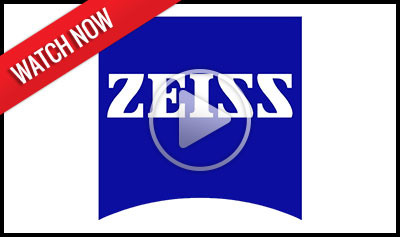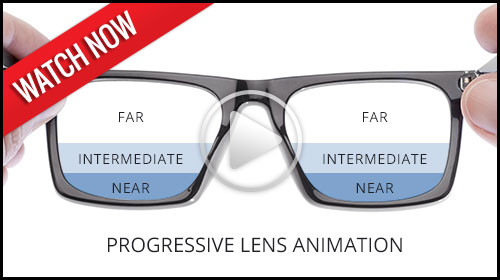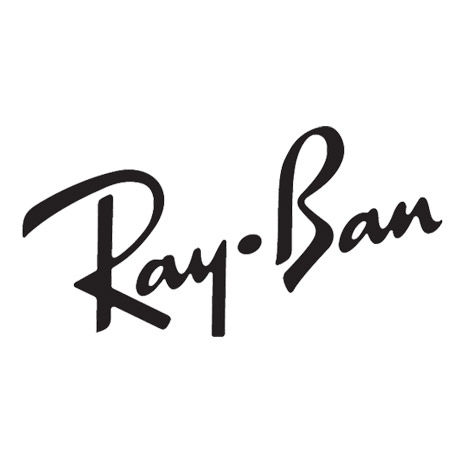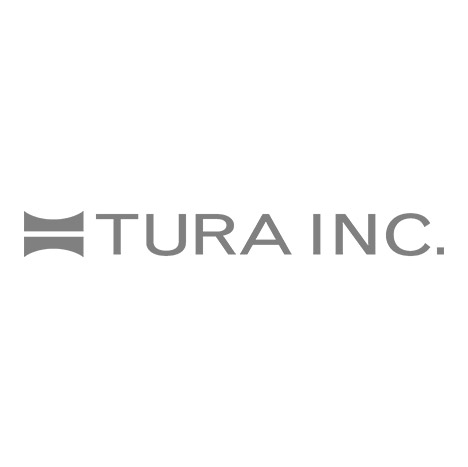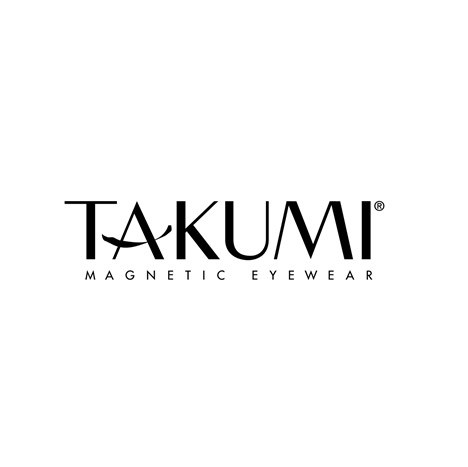Blog
Are you thinking about starting to wear contact lenses or switching to a different type of contact?
Wearing contacts can make a big difference in the way you see things – such as sharper details and brighter colors. And technology has made contacts more comfortable than ever.
While we look forward to discussing contact lenses and working closely with you to find the right type of lens to meet your needs, here are some things for you to think about:
Reasons to consider contact lenses
- Contact lenses move with your eye, allow a natural field of view, have no frames to obstruct your vision and greatly reduce distortions.
- Unlike glasses, they do not fog up or get water spots.
- Contact lenses are excellent for sports and other physical activities.
- Many people feel they look better in contact lenses.
- Compared to eyeglasses, contacts may offer better, more natural sight.
Some things to remember about contact lenses
- Compared to glasses, contact lenses require a longer initial examination and more follow-up visits to maintain eye health. Lens care also requires more time.
- If you are going to wear your lenses successfully, you will have to clean and store them properly, adhere to lens-wearing schedules and make appointments for follow-up care.
- If you are wearing disposable or planned replacement lenses, you will have to carefully follow the schedule for disposing the used lenses and using new ones.
Contact lens types
There are two general types of contact lenses: hard and soft.
Rigid gas-permeable (RGP):
The hard lenses most commonly used today are rigid gas-permeable lenses (RGP). They are made of materials that are designed for their optical and comfort qualities. Hard lenses hold their shape, yet allow the free flow of oxygen through the lenses to the cornea of your eye.
RGPs provide excellent vision, have a short initial adaptation period, and are easy to care for. RGPs are comfortable to wear, have a relatively long life, and correct most vision problems.
The disadvantages are that RGPs require consistent wear to maintain how comfortable they feel, and can occasionally slip off-center of the eye.
Soft contact lenses:
Soft lenses are the choice of most contact wearers. These lenses are comfortable and come in many versions, depending on how you want to wear them.
Disposable-wear lenses are removed nightly and replaced on a daily, weekly, biweekly, or monthly basis and are easy to get used to wearing.
Daily-wear contacts do not need to be cleaned and are great for active lifestyles but don't correct all vision problems and vision may not be as sharp as with RGP lenses.
Extended-wear soft contacts can usually be worn up to seven days without removal. Be sure to ask us about extended-wear contacts and a possible greater risk of eye infections.
Colored soft contacts change your eye color, the appearance of your eye, or both. They are available by prescription and should only be worn after an eye exam and fitting by an eye-care professional. Over-the-counter colored contacts are illegal in some states and pose a serious danger to your eye health.
Bifocal or multifocal
Bifocal or multifocal contact lenses are available in both soft and RPG varieties. They can correct nearsightedness, farsightedness and astigmatism in combination with presbyopia. Visual quality is often not as good as with single vision lenses; however, for some people the ability to correct presbyopia is worth it.
Contacts are a great fit for many patients but don't forget to be prepared
Carry a backup pair of glasses with a current prescription—just in case you have to take out your contacts. Contacts can make your eyes more light-sensitive, so don't forget to wear sunglasses with UV protection and a wide-brim hat when you’re in the sun.
Hygiene is the most critical aspect to successfully wearing contacts
When cared for properly, contact lenses can provide a comfortable and convenient way to work, play, and live the millions of people who wear them. While contact lenses are usually a safe and effective form of vision correction, they are not entirely risk-free.
Contact lenses are medical devices, and failure to wear, clean, and store them as directed can increase the risk of eye infections. Not following your eye doctor’s directions raises the risk of developing serious infections. Your habits, supplies, and eye doctor are all essential to keeping your eyes healthy.
We’re here to help
If you are interested in wearing contact lenses, we will provide you with a thorough eye examination and an evaluation of your suitability for contact lens wear. Contact us today for more information about contact lenses and to schedule a contact-fitting exam. We’ll discuss the best options for your visual and lifestyle needs.
This blog provides general information and discussion about eye health and related subjects. The words and other content provided in this blog, and in any linked materials, are not intended and should not be construed as medical advice. If the reader or any other person has a medical concern, he or she should consult with an appropriately licensed physician. The content of this blog cannot be reproduced or duplicated without the express written consent of Eye IQ.
Read more: Thinking about contact lenses? Here are some important things to know
It could be a retinal vein occlusion, an ocular disorder that can occur in older people where the blood vessels to the retina are blocked.
The retina is the back part of the eye where light focuses and transmits images to the brain. Blockage of the veins in the retina can cause sudden vision loss. The severity of vision loss depends on where the blockage is located.
Blockage at smaller branches in the retinal vein is referred to as branch retinal vein occlusion (BRVO). Vision loss in BRVO is usually less severe, and sometimes just parts of the vision is blurry. Blockage at the main retinal vein of the eye is referred to as central retinal vein occlusion (CRVO) and results in more serious vision loss.
Sometimes blockage of the retinal veins can lead to abnormal new blood vessels developing on the surface of the iris (the colored part of your eye) or the retina. This is a late complication of retinal vein blockage and can occur months after blockage has occurred. These new vessels are harmful and can result in high eye pressure (glaucoma), and bleeding inside the eye.
What are the symptoms of a retinal vein occlusion?
Symptoms can range from painless sudden visual loss to no visual complaints. Sudden visual loss usually occurs in CRVO. In BRVO, vision loss is usually mild or the person can be asymptomatic. If new blood vessels develop on the iris, then the eye can become red and painful. If these new vessels grow on the retina, it can result in bleeding inside the eye, causing decreased vision and floaters – spots in your vision that appear to be floating.
Causes of retinal vein occlusion
Hardening of the blood vessels as you age is what predisposes people to retinal vein occlusion. So retinal vein occlusion is more common in people over the age of 65. People with diabetes, high blood pressure, blood-clotting disorders, and glaucoma are also at higher risk for a retinal vein occlusion.
How is retinal vein occlusion diagnosed?
A dilated eye exam will reveal blood in the retina. A fluorescein angiogram is a diagnostic photographic test in which a colored dye is injected into your arm and a series of photographs are taken of the eye to determine if there is fluid leakage or abnormal blood vessel growth associated with the vein occlusion. An ultrasound or optical coherence tomography (OCT) is a photo taken of the retina to detect any fluid in the retina.
Treatment for retinal vein occlusion
Not all cases of retinal vein occlusion need to be treated. Mild cases can be observed. If there is blurry vision due to fluid in the retina, then your ophthalmologist may treat your eye with a laser or eye injections. If new abnormal blood vessels develop, laser treatment is performed to cause regression of these vessels and prevent bleeding inside the eye. If there is already a significant amount of blood inside the eye, then surgery may be needed to remove the blood.
Outlook after retinal vein occlusion
Prognosis depends on the severity of the vein occlusion. Usually BRVO has less vision loss compared to CRVO. The initial presenting vision is usually a good indicator of future vision. Once diagnosed with a retinal vein occlusion, it is important to keep follow-up appointments to ensure that prompt treatment can be administered to best optimize your visual potential.
Article contributed by Dr. Jane Pan
This blog provides general information and discussion about eye health and related subjects. The words and other content provided in this blog, and in any linked materials, are not intended and should not be construed as medical advice. If the reader or any other person has a medical concern, he or she should consult with an appropriately licensed physician. The content of this blog cannot be reproduced or duplicated without the express written consent of Eye IQ.
Read more: I've been told there is blood in the back of my eye. What could it be?


